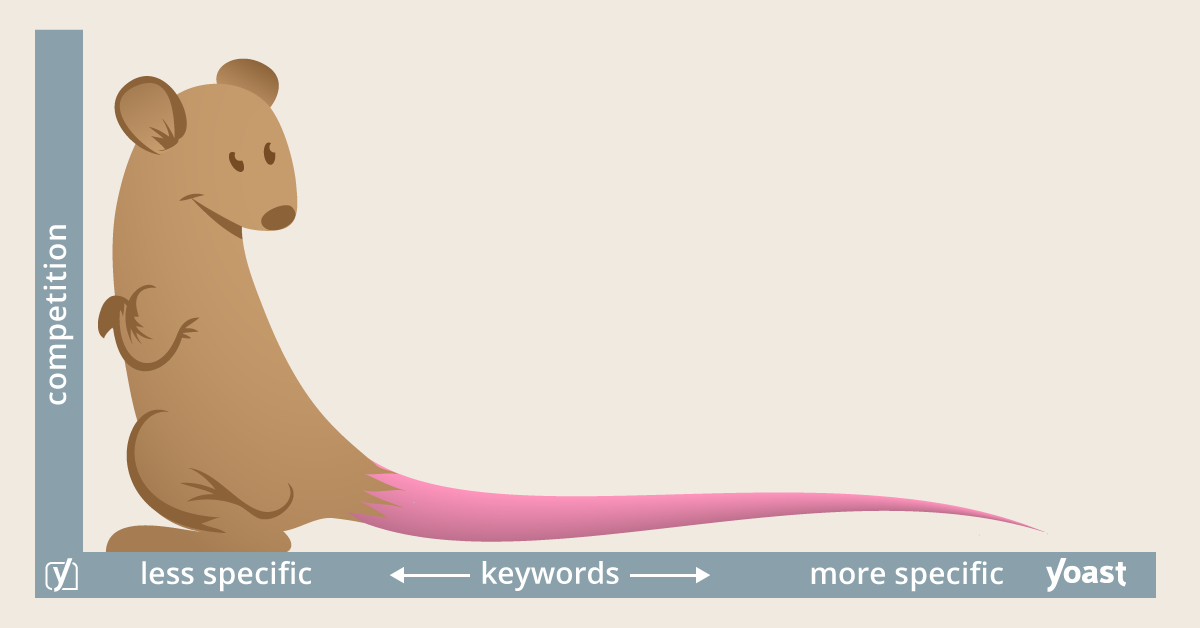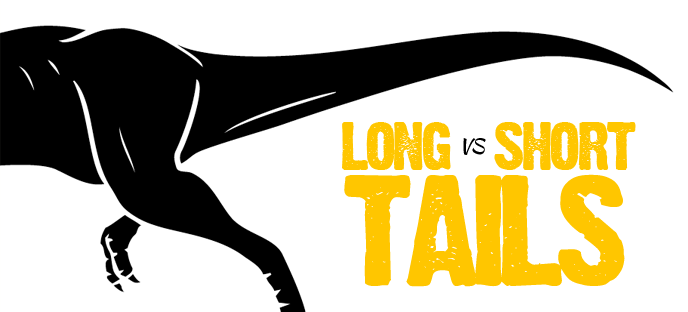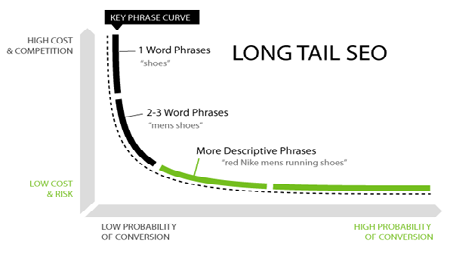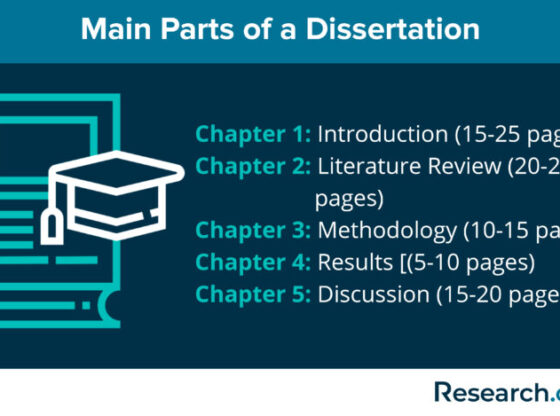Long-tail keywords vs. short-tail keywords
Your website starts generating leads only after attaining the stipulated search engine rankings. Such rankings would solely depend on your ability to create successful SEO strategies, besides their professional implementation. With time, SEO strategies have also changed. So, prepare yourselves for SEO strategies in 2024.
You May Also Like: SEO is not Dead; It Has Simply Transformed
SEO strategies become successful when you find and start working on the right keywords. Indeed, keywords are the biggest factor in determining whether your SEO is going to be successful or remain an utter failure.
To find out such simmering keywords to use for the unbound result you seek, you will have to do good homework and thorough research. Do that before making your decision about which ones you are going to obtain the results for.
The keywords are mainly of two types:
1. Short-tail keywords
2. Long-tail keywords
1. What are the short-tail keywords?

Also known as “head” terms, short tail keywords consist of three words or even less. Examples of such keywords are ‘buy shoes, online shopping, buy clothes online’ and et al.
Benefits of Short-Tale Keywords
Short-head keywords have countless benefits, so SEO agencies in India should not forget to use them according to their suitability.
Some of their notable benefits include:
Driving traffic to your site: Even if it’s not big, it helps to generate more traffic through your website.
Fits easily into your copy: They are much easier to include in your copy without facing the issues of awkward phrasing. The reason is that they are typically just a word or two and often match the topic perfectly with the best suitability option.
Increases ROI: Since short-tail keywords bring traffic, they also help companies or organizations generate maximum revenue. Increased traffic further enhances the chances of conversion from potential approaches to loyal customers.
Get unique visitors: People who are not very familiar with the online search industry typically search on the topics they’re looking for without adding any details. Your short-tail keywords appear in such situations and thus take them to your website in no time.
Disadvantages of Short Tail Keywords
Besides offering several advantages, such keywords do have some disadvantages as well. Since such keywords don’t exactly indicate what the users are looking at, the chances are high of getting wrong or irrelevant traffic to your site. Being short, they need more effort and time to get ranked on popular search engines. When compared to long-tail keywords, they are behind in the following points:
- Difficult to rank
- Less likely to result in the leads
- High search volume
- High competition
- General to your product or service
2. What are the Long Tail Keywords?

Long-tail keywords are the keywords or more specific key phrases, and thus they are usually longer than the more commonly searched ones for keywords. They comprise 3 to 5 words. Such keywords get less search traffic, but they usually have higher conversion values due to being more specific.
Benefits of Long-Tale Keywords
Long-tail keywords have numerous benefits, which must be understood. They are not only beneficial for organic search purposes but also for paid search categories as well.
More Targeted Search Results
Long-tail keywords are more specific than short-tail keywords. So, they bring only the targeted customers. Short-head content might bring irrelevant traffic, and thus the chances are high of increasing the bounce rate. Once you have the targeted traffic, the chance of getting converted increases further.
Less Competition
As these keywords are usually longer, there is less competition with them. Employing longer-tail keywords might often lead to easier and quicker ranking results than solely focusing on the ranking for higher volume and more popular terms. Such a process would at least help your website start appearing in the search results to provide traffic from visitors looking specifically for what products or services you offer them.
Much More Profitable
In B2B PPC, long-tail keywords will result into:
- Lower CPCs (cost-per-click)
- Higher CTRs (click-through-rate)
- Higher quality scores
- Higher conversion rate
In B2B organic search, long-tail keywords will result in:
- Lower bounce rates
- Higher average time on site
- Higher conversion rate
Long-Tail Keywords or Tail Keywords

When your website carries huge content, a highly specific but general item, or strong brand and domain authority, then you should go with the short-tail keywords instead as they would still work for you.
On the other hand, if you are looking for higher conversion rates, lower costs, lower competition, and volume which are specifically after what it is that you are selling, the long tail keyword game is one you and should opt for.
Definition of Long Tail SEO

Here are the two terms combined: long-tail keywords and (SEO) search engine optimization. When both are combined, the chances of search engine ranking improve manifold.
Long-tail SEO is defined as a technique of targeting highly specific niche search terms or long-tail keywords, which usually consist of 3+ words and are much easier to rank due to low competition.
Role of Content for Search Engine Ranking

Whenever you do extensive homework and thorough groundwork to find out the keywords that can rank easily, your role doesn’t end there. It is not enough until you generate awesome content and craft that for targeted success. You have to create unique and fresh content. Your content must comprise the targeted long-tail and short-tail keywords to maintain a thorough balance.
While generating web content, you should seek assistance from professionals to ensure the preparation of rich and SEO-optimized copies. They are well aware of the tricks of the trade and apply strategies for easy rankings in searches. Professionals have the skill to incorporate the keywords without breaking sentence structures or the primary sense of the content pieces.
Final Say: Long Tail Keywords
Careful integration of short-term and long-term keywords in content always plays a pivotal role in improving search engine rankings. The latest SEO tactic is to balance your use of short-head keywords with long-tail phrases. They indeed prove highly supportive of generating quality content and thus tweaking your strategy according to the search engine algorithms. This is how you attain the desired success.
Improved rankings help you increase traffic. Increased traffic leads to boost domain authority and page authority, thus you convert your website into an authoritative one. So, wise and prudent strategies help you attain success, which is long-lasting and yields your results.













Hello Jamal,
Nice article. Thank you for sharing. I suggest you add tools to find long tail keywords.
Dear Anish,
Thanks for your suggestions. We will try to inculcate your suggestion in our blog.
Hi there just wanted to give you a quick heads up.
The words in your article seem to be running off the screen in Chrome.
I’m not sure if this is a formatting issue or
something to do with web browser compatibility but
I thought I’d post to let you know. The style and design look great though!
Hope you get the problem resolved soon. Many thanks
Hi Down,
Let us go through the issue and resolve.
Thanks for your concern.
It’s amazing for me to have a website, which is useful designed for my know-how.
thanks admin
Hi.
Thanks for reading our blogs.
Nice read,
After reading the post, now I am able to distinguish between long tail keywords and short tail keywords. Will use them
Thanks team
Hi Ballar,
You are welcome. The post has been written to educate people about the difference between long tail keywords and short tail keywords. Thanks